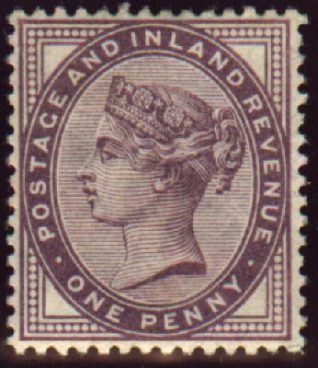Background and timeline


Stamps were first used to pay taxes and duties on things like alcohol and tobacco. The importer would buy the stamps and stick them to the individual packets or bottles to show that the tax had been paid. These were called fiscal stamps.
In the early Victorian years postage was usually paid by the person who received the letter. The cost depended on how far the letter had to travel and the number of sheets of paper it was written on.
In 1840 the Penny Black postage stamp was introduced. Now people posting the letters could pay the postage beforehand. These stamps had a picture of the Queen and the words ‘postage’ and ‘one penny’.
So there were two systems. The postage stamps like the penny black and red, and Fiscal (Tax) Stamps.
In 1849 the Inland Revenue was created by combining the Stamps and Taxes Office and the Excise Office and they used produced Fiscal Stamps to indocate the payment of taxes. These stamps clearly bore the words INLAND REVENUE on them and the amount.
Postal Fiscals
Postal Fiscals were introduced in 1881 with the printing of the Penny Lilac. These were stamps that could be used for both postage and taxes and had the words ‘Postage and Inland Revenue’ or ‘Postage and Revenue’ written on them.
The Penny Lilac was used for 21 years from 1881 to the turn of the century. In this time the number of letters and parcels sent increased astronomically and virtually all letters and packets bore the Penny Lilac. It has been suggested that it was probably the most extensively used stamp of all time.
Images of stamps reproduced courtesy of Ross Taylor at www.imagesoftheworld.org




No Comments
Add a comment about this page